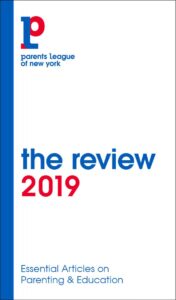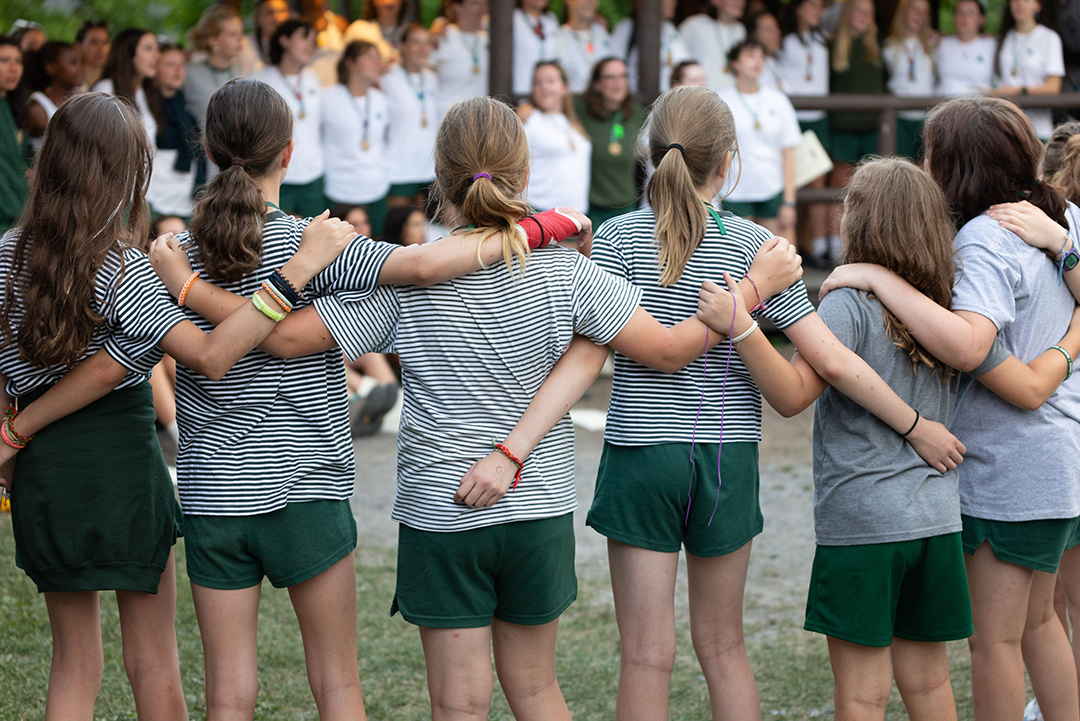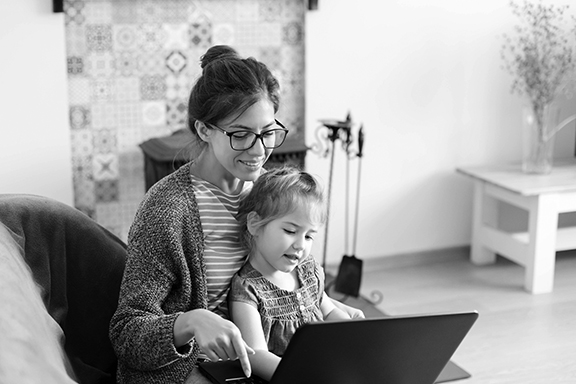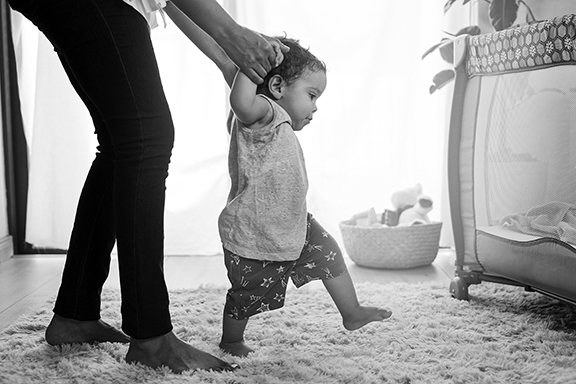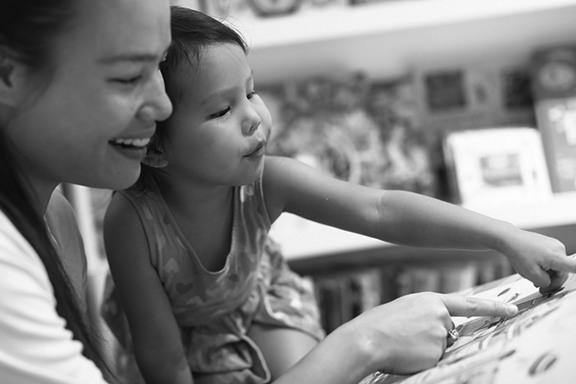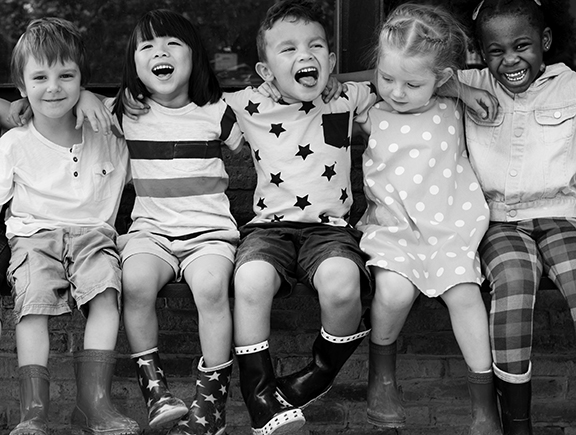Building Good Day Care
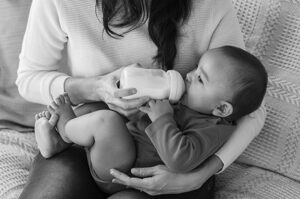
When I was asked to write an article on what it takes to run a good child care program for children under the age of five, I thought “What an impossible question. I want to answer it!”
I think the answer, like most things of any worth, is that it takes a really good idea. The right idea. A good and right idea is a rare thing. It is like a key that opens every door. It’s a hand that guides you through the darkest place. It sorts the wheat from the chaff. You can return to it again and again and it never stops providing answers, inspiration and wisdom.
Children Must Learn to Trust
The right idea that I use to help me understand what it means to help families raise their children is, in fact, our name: basic trust.
As many may know the term comes from Erik Erikson’s theory of human development in which he postulates that the first task of the human infant is to achieve a basic sense of trust in the world. The human infant needs to decide on trust over mistrust. He or she needs to test and to confirm that the world is largely predictable and consistent and reliable and is inhabited by other humans who, most of the time, weigh in on the side of goodness. Now, whether our lives unfold in the orderly and linear direction described by Erikson is certainly debatable. But the insight and wisdom contained in the idea of basic trust is not to be underestimated. It extends to all our relationships and certainly to everything we do in child care.
Building an Infant’s Trust
The most obvious example of how the idea of basic trust guides our daily practice is the work we do with the children, in particular the infants. Knowing the babies, really knowing them deeply and seeing them, is a huge part of what we try to do.
So part of that is responsive caregiving. What does that mean exactly? What is a truly responsive caregiver? The answer depends on the situation. At times it means simply a direct response. A baby reaches out his or her arms and an adult picks up the baby. Call and response. At other times it means knowing the baby even more deeply and responding in a way different from what the infant may be asking for.
Take, for example, “Joshua,” a 16-month-old baby who for several months now has been refusing to eat at meal times. The proverbial picky eater. The teachers go to put Josh in a high chair and he arches his back, his little face turns red and he hollers. Or he sits in the high chair alright, but then immediately dumps all of his food off of the tray and onto the floor. After a week or two of this happening regularly the teachers discuss this at a staff meeting. It is determined that only Joshua’s primary caregiver will help him at meal times for a while so we can have one person observing what is going on and watching to see if it passes. It doesn’t pass. The food continues to be flung. The face continues to redden, the cries and hollers go on unabated. We take Josh out and sit him on a teacher’s lap at meal times. No luck. We try eating in the kitchen with a smaller group of children. No luck.
And then one day Joshua is visiting in the Toddler Room when lunch starts. The teacher he is with (not his primary caregiver but another teacher) has an inspiration and asks if he can join the toddlers for lunch. Joshua loves it. He gobbles up every bit of food, and he asks for more. Why? The presence of older children? The change of scenery? The other teacher who just happened to be with him at that moment? We don’t know, but we continue on the strength of that experience and with the sure knowledge that Josh is in fact hungry. The teacher who was with him in the Toddler Room continues helping the next day when he lunches with his compatriots in the Baby Room. And suddenly Josh is eating again.
How is this an example of basic trust? Sometimes trust is built through perseverance and the ability to throw out every idea that doesn’t work until we find the right one. So that Joshua learns that if he hits a bump in the road, the adults in his little life will not just throw up their hands, decide it’s too much work, blame his parents or force him to do something against his will. They will not set their will against the will of the child. What they will do is be creative, open minded and divergent in their thinking. They will wait out the problem. Patience. Patience and curiosity will guide them. They will care and remain caring even when the developmental road gets a little rough. They will not wed themselves or their egos to any one solution but will keep trying different things until—voilà—something works. This is how trust develops.
And Parents Must Trust Teachers
Now, let’s take what is potentially one of the most problematic aspects of day care: the relationship between parents and teachers. The push and pull. The tug of war. The mistrust and confusion of roles that go on between parents and teachers of children in group care is both unbelievably commonplace and unbelievably destructive. It compromises children’s experiences, if not their development, more than any other single issue. That may seem a bold statement, but I think of it akin to growing up in an unhappy family. And just like at home, no matter how lovely the surroundings, if there is a prevalence of anger, hostility or resentment in the air, the child’s well-being is compromised. It is imperative that day care get this relationship right.
In order to ensure the rightness of this relationship in my own work, I constantly return to the idea of basic trust. It’s very simple. The parents have to trust us. We have to be trustworthy. That was our promise to them. That was what was written invisibly into our contract with them. In fact that is our contract with them: that they will be able to trust us.
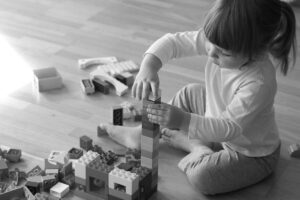
Building a Parent’s Trust
But make no mistake: we need to earn parents’ trust. The burden of proof is on us. They are giving us their children, their babies. For some parents, only weeks earlier this baby was in her body, listening to her heartbeat, hearing her blood course through her veins.
Now she is handing that baby over to us, absolute strangers. Other parents waited years to be able to take their baby home, invested themselves materially, emotionally, psychically in the act of imagining themselves as and finally becoming parents. And now they must share this baby with us. Strangers. Impossible.
And yet not. It is possible. But it requires trust. The parents must trust us and we must honor that trust with honesty, transparency and compassion. We cannot create a culture of “us versus them.” We cannot make the parents into the “other.” We divide the child against itself when we do that. It is a grave error.
But how do we do that? When parents come to us at times with what feel like impossible requests? Or when they seem to look down on us? Or when their parenting choices become our headaches? How do we avoid the resentment from creeping in?
The answer is more psychological than practical. It is how we position ourselves in terms of one another. If a teacher responds to a parent in defensive or dishonest terms he or she will create a defensive and dishonest relationship. But if that teacher responds with honesty, openness and compassion, then that is the relationship that is created. It’s really that simple. When teachers tell me they feel parents have treated them with disrespect, my response is always that you can only be called by a name you’ll answer to. If teachers don’t treat parents as their superiors then parents cannot treat them as inferiors. Mutual respect is of paramount importance to this relationship.
A Child Care Center’s Culture
What does this mean for parents, this term “basic trust”? It means that they must understand and respect that any child care center worth its salt has not only a philosophy and pedagogy but a culture. And they have to understand and accept that they have made a decision to raise their child in this culture and to be part of the culture.
What do I mean by culture? It’s certainly not just a set of rules, although it has rules. It isn’t just a way of talking, although there may be a common “language” of sorts that connects people.
It is an ethos. A way of being. A common approach to life. To right and wrong. Maybe a similar sense of humor. Sense of silly. Sense of fun. A culture, if it’s real, is alive and changes, but has integrity. And it is often guided by that one right and good idea. And parents must, on some level, understand it and believe in it. And trust in it.
Truing the Wheel of Day Care
There is an expression I heard recently when listening to someone talk about caring for bicycles: truing the wheel. A lovely term, I think. And what it refers to is the correction of slight deviations of the wheel’s rim from ideal (true) alignment. That is what we all need to do. We need to true the wheel. For that we need the wheel, which is our good idea, and we need a tool. And that tool is the thoughtful, interested and engaged mind that is always working to bring things back to alignment. If you have those two simple things, a good idea and a compassionate
mind, you can have good day care.
Mary Biggs is the Director of Basic Trust Day Care, a program for children ages 3 months to 5 years in New York City.
This article first appeared in the 2014 issue of the Parents League Review. Get the current issue of the Review free with a family membership. Or purchase it separately.
